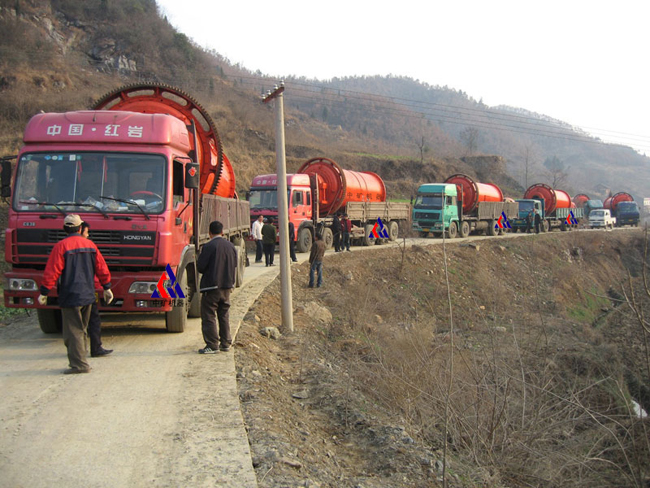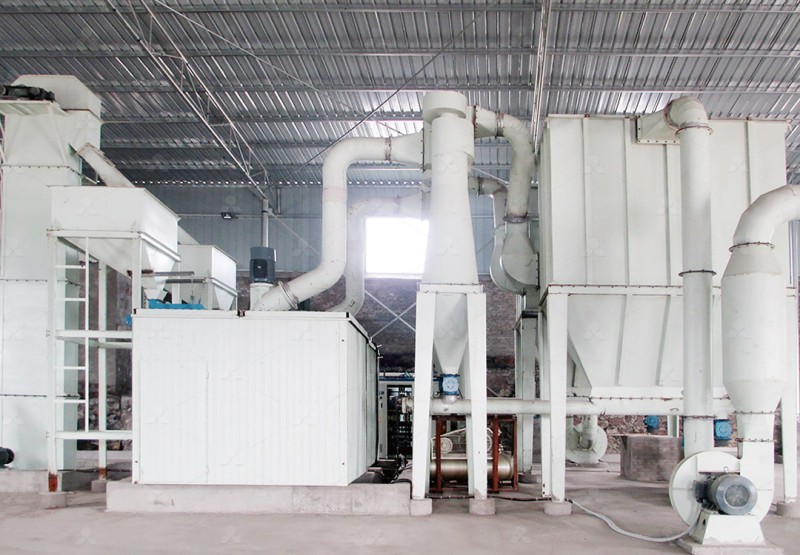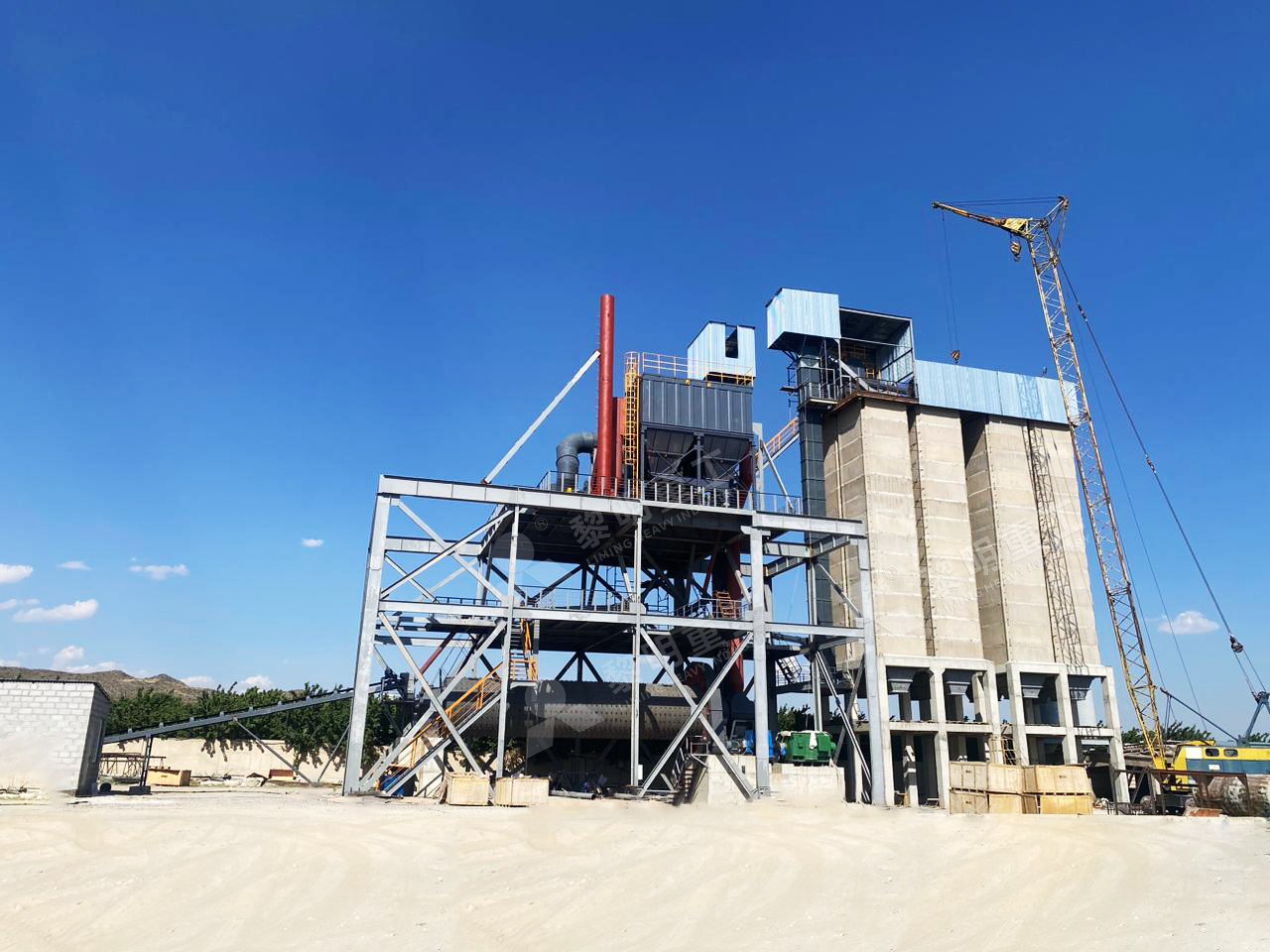Ball Mill Price in Pakistan – Reliable Supplier and Cost Guide
We provide a wide range of mills — including Raymond mill, trapezoidal mill, vertical mill, ultrafine mill, and ball mill, obtained ISO9001 international quality certification, EU CE certification, and Customs Union CU-TR certification. Suitable for processing minerals such as limestone, phosphate, quicklime, kaolin, talc, barite, bentonite, calcium carbonate, dolomite, coal, gypsum, clay, carbon black, slag, cement raw materials, cement clinker, and more.
The discharge range of these mills can be adjusted to meet specific processing needs, typically from 80-400 mesh, 600-3250 mesh, and can achieve the finest particle size of up to 6000 mesh(D50).
If you are looking for a reliable grinding solution to turn stone or minerals into fine powder, please feel free to contact our online customer service.
Understanding Ball Mill Costs in Pakistan
When it comes to industrial grinding and milling operations in Pakistan, the ball mill remains a popular choice for many applications. However, understanding the factors that influence ball mill prices is crucial for making an informed investment. The cost of a ball mill in Pakistan can vary significantly based on capacity, size, brand, and additional features. Generally, prices can range from PKR 1.5 million for smaller models to over PKR 10 million for large, high-capacity industrial units.

Key Factors Affecting Ball Mill Pricing
Several elements contribute to the final price tag of a ball mill in the Pakistani market. Import duties and taxes can add 20-30% to the base cost of foreign-made equipment. Local manufacturing might offer some price advantages but may lack certain advanced features. The motor power, milling capacity, materials of construction (especially the lining and grinding media), and automation level all play significant roles in determining the overall cost. Additionally, after-sales service availability and spare parts support should be considered as part of the long-term investment.
Beyond Traditional Ball Mills: Advanced Alternatives
While ball mills have been workhorses in Pakistani industry for decades, newer technologies offer significant advantages in efficiency and operating costs. For operations requiring ultra-fine powders, traditional ball mills may not be the most efficient solution. This is where advanced grinding technologies like our MW Ultrafine Grinding Mill present a superior alternative for many applications.

The MW Ultrafine Grinding Mill is specifically engineered for customers who need to produce ultra-fine powder with exceptional efficiency. With an input size of 0-20 mm and capacity ranging from 0.5-25 tph, this machine outperforms traditional ball mills in several key areas. It features higher yielding with lower energy consumption – delivering 40% higher production capacity than jet grinding mills and twice the yield of ball grinding mills while using only 30% of the energy consumption of jet mills.
Applications and Advantages
This advanced grinding solution handles materials including limestone, calcite, dolomite, petroleum coal, gypsum, barite, marble, talc, and coal powder. It’s particularly valuable in chemical industries, paint production, cosmetics, medicine, and food additive manufacturing where precise fineness control is critical.
The MW series offers adjustable fineness between 325-2500 meshes through its German-technology cage-type powder selector. Its innovative design eliminates rolling bearings and screws in the grinding chamber, preventing common failure points and enabling 24-hour continuous operation. The integrated pulse dust collector and muffler system ensure environmentally friendly operation that meets national环保 standards.

Making the Right Investment Decision
When evaluating milling equipment for your Pakistani operation, consider both the initial investment and long-term operating costs. While traditional ball mills may have a lower upfront cost, advanced solutions like the MW Ultrafine Grinding Mill offer significantly lower energy consumption, reduced maintenance requirements, and higher production efficiency that translate to better ROI over time.
For operations requiring even more specialized performance, our LUM Ultrafine Vertical Grinding Mill presents another excellent option with input size of 0-10 mm and capacity of 5-18 tph. This mill integrates ultrafine powder grinding, grading and transporting with higher yielding rates and better quality output, featuring more energy-saving multi-head powder separating technology that reduces energy consumption by 30%-50% compared to conventional mills.
Conclusion
The Pakistani market offers various milling solutions at different price points. While ball mills remain relevant for certain applications, modern alternatives provide superior efficiency and cost-effectiveness for many operations. By carefully evaluating your specific production requirements, material characteristics, and long-term operational goals, you can select the optimal grinding equipment that delivers the best value for your investment.
